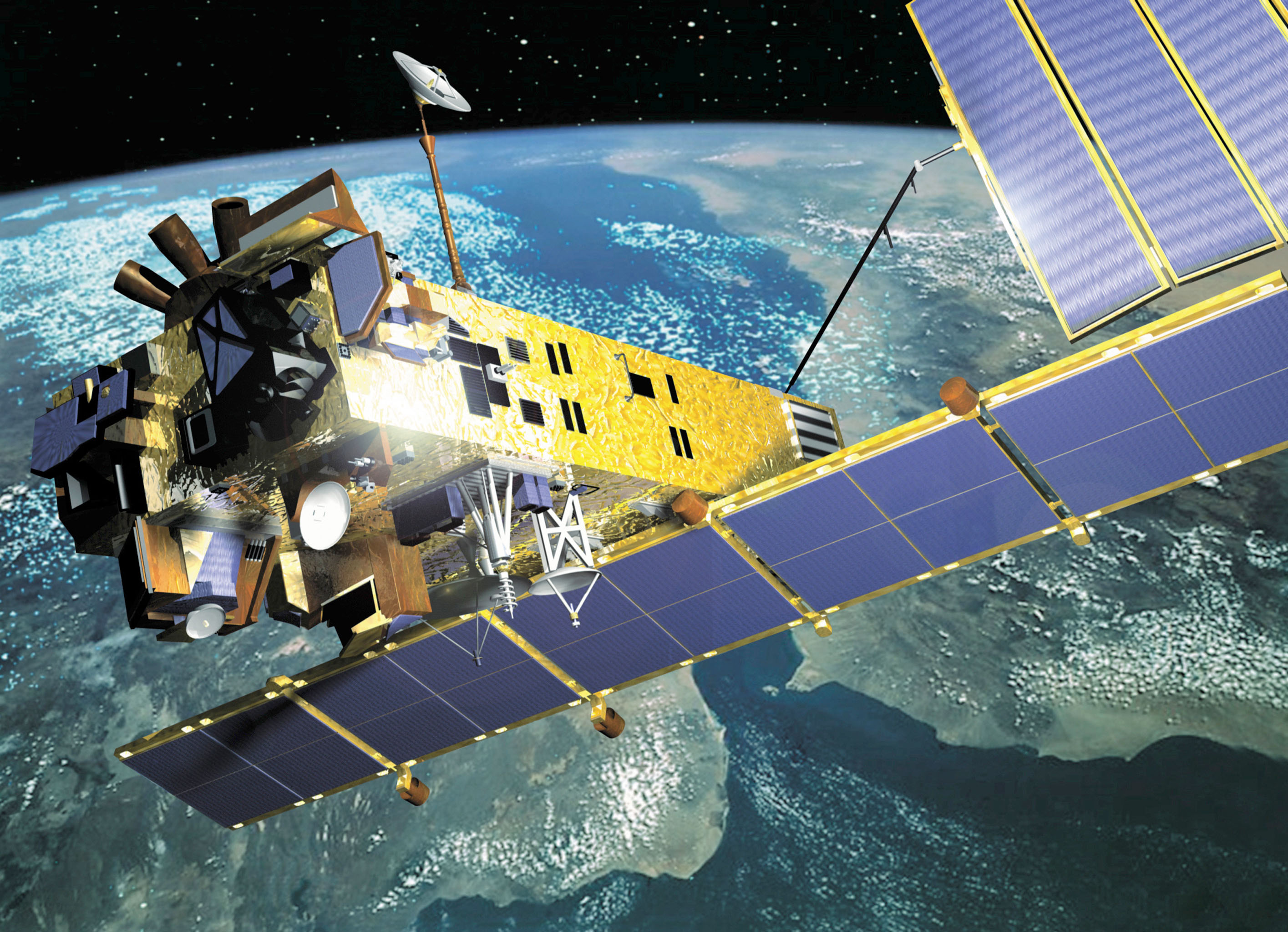Swollen ozone hole over South Pole
09 September 2005
High above the icy continent of Antarctica, ESA’s Envisat spacecraft is keeping watch - and what its instruments see is rather disturbing.
Freezing temperatures and man-made chemicals are combining to cause a ‘hole’ in the layer of ozone gas. And this year’s ozone hole looks like being one of the biggest on record.
By mid-August 2005 it had already swollen to an area of 10 million square kilometres – about the same size as Europe. And it was expected to expand even more during September.
The ozone hole was first discovered in the mid-1980s, and ESA satellites have been studying the ozone hole continuously since 1995. Their records show that only the ozone holes of 1996 and 2000 were larger at this time of year.
Ozone is a form of oxygen. Small amounts of ozone are found in the stratosphere, between 20 and 50 km above the Earth.
Fortunately for us, the ozone layer gives us protection from solar ultraviolet radiation that can cause skin cancer. However, chemical reactions involving human-produced chlorine in high level clouds are destroying the ozone.
As the polar spring arrives, the combination of returning sunlight and chlorine chemistry causes ozone molecules to split into oxygen. A single molecule of chlorine can break down thousands of molecules of ozone.
Information from Envisat is vital for monitoring the seasonal changes in this protective layer. The satellite data are fed to a near-real time ozone monitoring and forecasting service made up of more than 30 partners from 11 countries.






